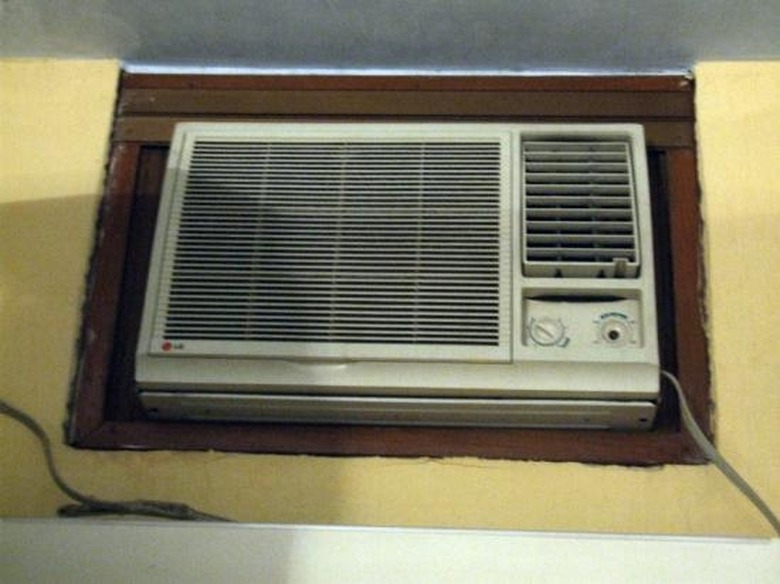How To Calculate Subcooling
Things Needed
-
Digital thermometer with probe
-
Pressure gauge
-
Pressure/temperature chart
Subcooling is part of a process used to remove heat from a designated area. The process works through the use of a liquid that is made to absorb heat from the area to be cooled. This liquid is referred to as a refrigerant. Like all liquids, this refrigerant can be converted to and from a gas by altering its temperature. The temperature at which the refrigerant changes from a gas into a liquid is referred to as its condensing temperature. Any additional cooling of the refrigerant that takes place beyond this condensing temperature is called subcooling.
Step 1
Measure the liquid line temperature of the device. The liquid line is the pipe that carries the refrigerant from the unit's condensing coil to the expansion valve. To measure the temperature, strap the thermometer's probe on the liquid line approximately six inches from the expansion valve and record the results.
Step 2
Measure the liquid line pressure of the device. To do this, connect the pressure gauge to both the suction and liquid service valves of the unit and let it run for 10 minutes. The pressure gauge should display the results in pounds per square inch (psig).
Step 3
Convert the liquid line pressure to the condensing temperature (also called the saturation temperature). The actual conversion will depend on the type of refrigerant being used. The product's pressure/temperature chart will provide you with the specific condensing temperature.
Step 4
Subtract the liquid line temperature from the condensing temperature. The difference is the amount of subcooling that is being performed.
Tip
If subcooling is low this may suggest that there is not enough refrigerant in the device.
